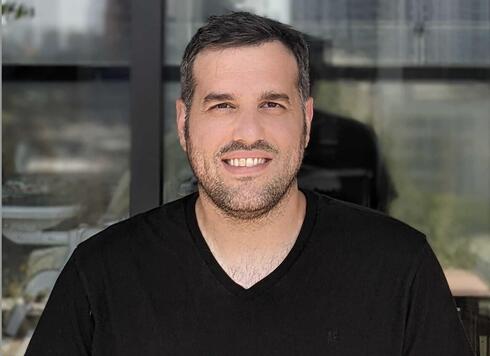
Opinion
Quiet Hiring: The new trend in talent management
As the world of work continues to evolve, so do the trends and practices that shape it. In recent years, the discussion around employee turnover has shifted from "The Great Resignation" to "Quiet Quitting" and now, a new trend is taking center stage: Quiet Hiring
Quiet Hiring is rapidly gaining popularity for the numerous benefits it offers both employees and employers. Quiet Hiring refers to organizations filling skill gaps by empowering their existing employees to develop their careers and upskill or reskill, rather than hiring externally for those skills. This not only serves as a cost-cutting strategy, but it also allows employees to build meaningful careers within the organization which increases both retention and overall employer approval rates.
In a time where 56% of HR managers are struggling to fill their recruiting targets and meet future skill needs, Quiet Hiring presents a win-win scenario for both employees and employers.
For employees, this new approach allows the freedom to explore new opportunities and career growth by taking on new challenges, which in turn helps boost retention rates. Quiet Hiring is also often more cost-effective than external hiring, as it sidesteps the costs involved in recruiting and training new hires, estimated to be over $400,000 annually for large enterprise organizations.
Quiet Hiring also enables organizations to embrace skills-based strategies and develop full skills visibility, which in turn facilitates workforce pixelation and maximizes employee potential. As 98% of companies indicate they want to experiment with skills-based strategies, Quiet Hiring fits seamlessly into a workforce strategy that prioritizes upskilling, skills visibility, talent mobility, and enhancing the employee experience.
Optimizing Quiet Hiring at your organization
Due to the advantages of embracing this method, many organizations are eager to implement Quiet Hiring. In order to get the most out of it, there are a few best practices that leaders can follow to optimize this approach:
Don't underestimate employee potential
Employees are motivated to learn new skills, but they need direction and support to do so. Without the current encouragement employees will fail to support their new acquired responsibilities, which will create frustration and dissatisfaction both from their new duty and from their work overall.
Sync the needs of the organization with the aspirations of the employee
When it comes to choosing the skills you want to promote, choose the skills that both serve the goal of the company and the personal growth objective of the employee.
Harness the power of technology to optimize the process
Tools like Gloat give companies the technology to build a source of truth on the skills and job data across the organization, which will equip you with the transparency you need to optimize your approach to Quiet Hiring.
In conclusion, Quiet Hiring presents a timely solution to the challenges presented by the global economic slowdown. By developing the skills of their current employees, organizations can fill skill gaps, boost retention rates, and sidestep the high costs of external hiring. It is considered a current trend in the human resources field, but the companies who will be wise enough to incorporate this method to their organization’s DNA will prevail. It will help them build a healthier organization by combining the aspirations of employees with the objectives of the whole organization.
Yativ Evental is the Director of Demand Generation at Gloat














